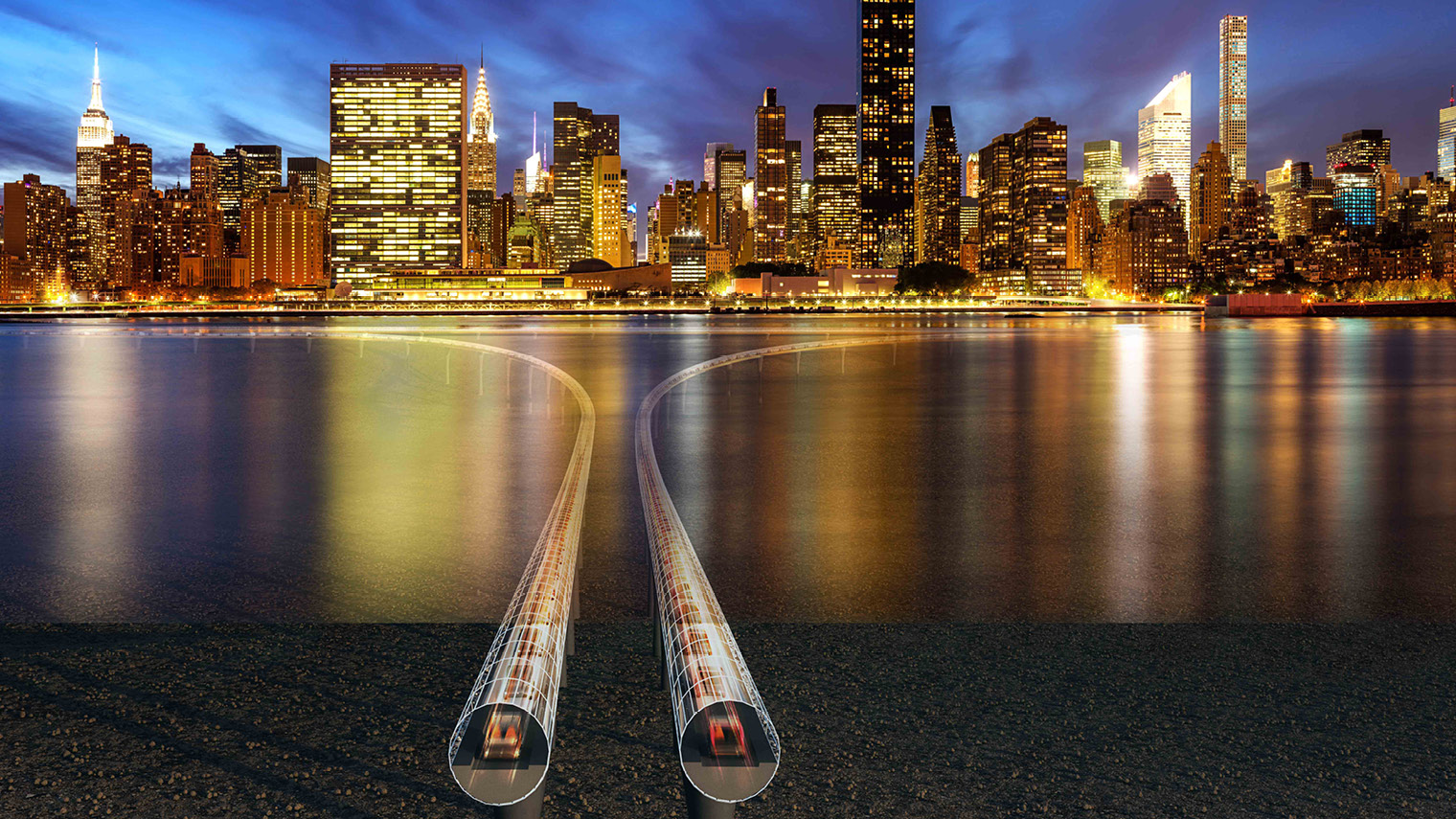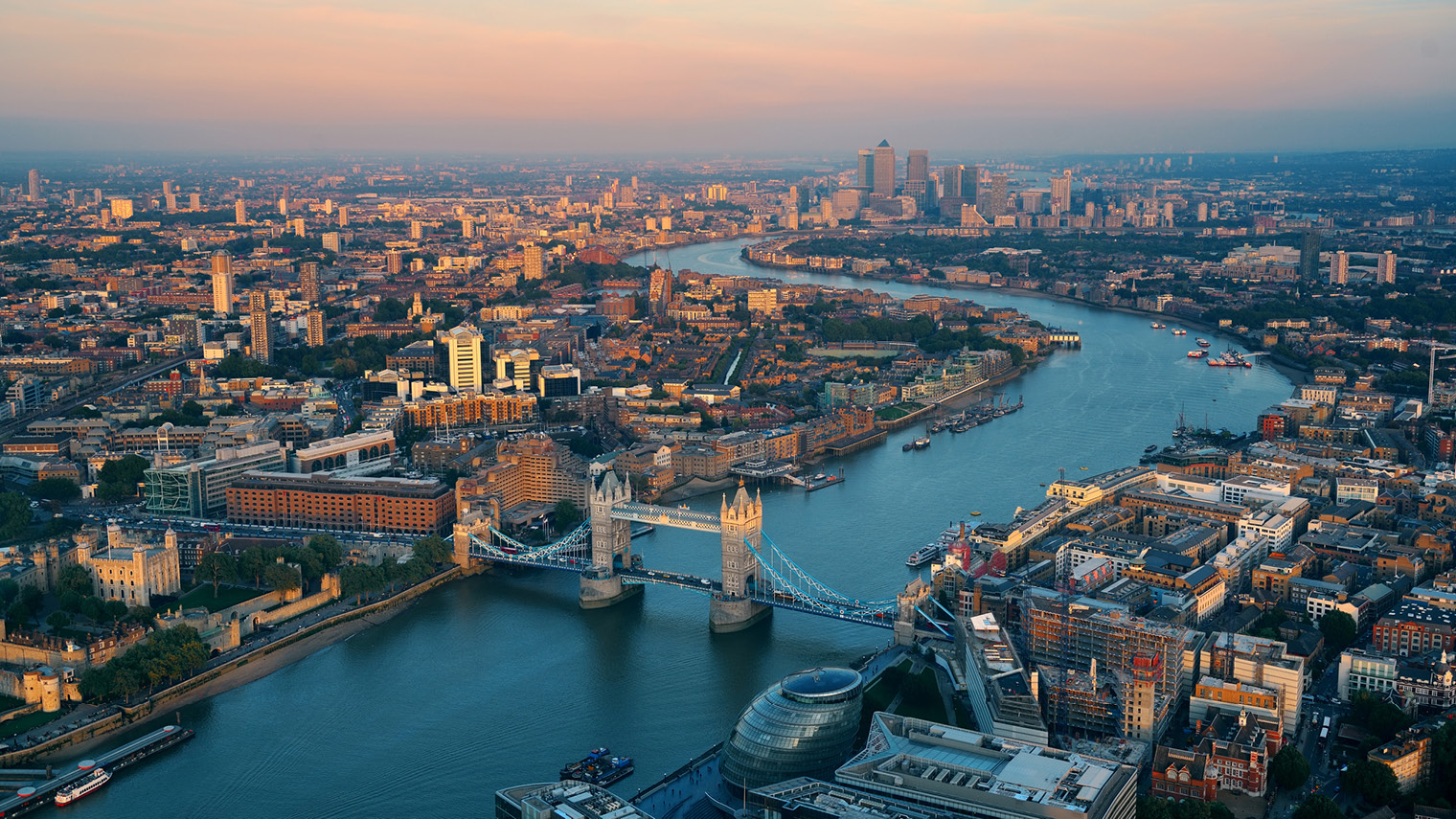01 Using existing infrastructure better
So-called smart infrastructure technology uses sophisticated sensors, data analytics, artificial intelligence, machine-learning and cloud computing to better understand the technical and financial performance of infrastructure to determine new insights for its improved use and maintenance in urbanised areas.
Last year, the UK government announced it is developing a digital twin – an online replica of a system or place which through real-time sensor data mimics its behaviour – of key infrastructure across the country. The governmental Digital Framework Task Group believes such data-capturing and sharing could release an additional £7 billion a year of benefits across the UK infrastructure sector.
“Every asset owner is sitting on a goldmine of data,” says Oliver Hawes, head of smart infrastructure at Mott MacDonald, a London-based management, engineering and development consultancy. “Smart Infrastructure is about improving efficiency, making better managerial and operational decisions, and pin-pointing errors before they happen.”
Other cities are already using this technology to great effect. Mott MacDonald is working with Auckland City Council in New Zealand on a project called Safe Swim. The programme improves the accuracy of water quality predictions for 84 local beaches and swimming spots from less than 20 per cent to more than 80 per cent.
Through the initiative, the company, which has just announced a new partnership with Microsoft to create a cloud-based smart infrastructure platform, collects billions of datapoints from strategically placed sensors, creating a digital twin that can monitor atmospheric conditions, urban stormwater and wastewater networks, and the marine environment in real time.
According to Mr Hawes, the technology will enable the municipality to better understand its wastewater networks when considering future investments, as well as improve public health.

PLP Labs’ NuMo concept (illustrative example in New York) features a ‘platoon’ of autonomous electric vehicles that travel through a labyrinth of underground, overhead, or under-water tunnels
02 Transforming urban mobility
One of the most important areas for future infrastructure investment and transformation amid growing urbanisation around the world is utilising emerging technologies for better, more efficient mobility systems for increasingly congested cities.
London-based PLP Labs and Swedish government-funded research institute RISE have just launched a futuristic proposal for an “exhaust-free, non-stop and high-capacity mobility system”.
Called NuMo, for new mobility, the concept features a platoon of autonomous electric vehicles that travel through a dedicated labyrinth of underground, overhead or river-water tunnels, transporting individuals and families non-stop from one place to another.
In the system, cars are controlled by artificial intelligence, connected to the internet of things and unhindered by other traffic or pedestrians, so they can travel at steady speeds, within milliseconds of one another, in a continuous flow.
According to the researchers, the average speed in large cities is decreasing every year, down to 21 km/h in Stockholm inner city, for example. However, with a speed of 30 km/h, each NuMo lane could take 3,600 vehicles an hour, which means theoretically a four-passenger car with one-second headway would offer twice the lane capacity of a 24-metre bus with 120 passengers each minute.
“It’s like a motorway that never stops, but because the cars are autonomous and controlled digitally, they can drive much closer and much more safely, which is the key,” explains Lars Hesselgren, director of research at PLP Architecture. His team are currently creating an economic case study for the project.
Though clearly a future-forward concept, many transport companies are making investments in similar digitally controlled, free-following transport systems that utilise emerging technologies.
Last year, Volkswagen AG announced its intention to develop a “supercomputer to rule the roads” that can “augment the entire mobility system [of a city] and control it with intelligent algorithms which constantly interact with moving objects – a car, a bike, people – to give predictive optimised routing information”.

03 Renovating subterranean systems
A city’s sewer system operates unseen, but its workings are fundamental to a healthy urban population. London’s was originally built in the mid to late-1800s, when the city’s population was growing rapidly to more than six million by 1900. Today the population is approaching nine million and the Victorian subterranean sewer is overwhelmed, frequently overflowing into the River Thames.
Thames Tideway is an epic expansion project currently underway to divert this excess sewage to a wastewater treatment plant. When finished it will reduce the river pollution by 94 per cent.
The 25-kilometre giant underground pipeline is routed through the heart of London at depths of between 30 and 60 metres, using gravity to transfer waste eastwards.
“This project is both unique in both size and scale,” says Andrew Cox, head of infrastructure asset management at Allianz Capital Partners. Along with its co-investors, Allianz provided part of the £1.3 billion of private equity for the £4‑billion project.
“Compared to now, this will be a vast improvement. The Thames is an asset we don’t appreciate, and this project will provide recreational, environmental and social benefits for Londoners,” says Mr Cox.
Though boring underground holes isn’t new, updating such critical infrastructure with limited disruption is no easy feat. The mega-project is minimising public disruption by using the river for transport to reduce the estimated 506,600 two-way heavy goods vehicle movements thought to be necessary to 140,000, greatly reducing road traffic.
01 Using existing infrastructure better

02 Transforming urban mobility

